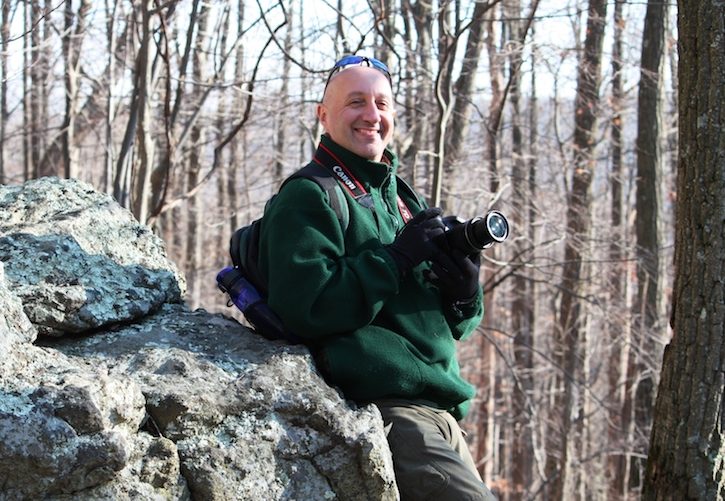
China is creating its first system of national parks—a historic effort that will help protect the country’s rich natural heritage while allowing the public to experience the beauty of nature. The Paulson Institute is working with the National Development and Reform Commission, with support from the Heren Foundation, on plans for the parks, and this month, the Institute is hosting Chinese experts for training with U.S. national parks and conservation professionals. Rudy D’Alessandro, an expert with the National Park Service who has traveled widely to China’s wild protected areas, shares insights on what China can learn from the U.S. experience.
Aside from being nice places to visit, what is the broader significance of national parks?
National parks inspire us. Their majestic scenery can give us great pride in our nation, and contribute to a sense of national identity. They show us that even in this overdeveloped world, we have wild animals. For example, there are still tigers running around Northern China, and wild pandas in Sichuan! This gives us great hope for the health of our planet. National parks also preserve critical habitat for watersheds that provide drinking water to hundreds of millions of citizens, what we call ‘ecological services.’ National parks can also be great teaching platforms. For example, at Glacier National Park, we are watching the “deglaciation” of the park as the glaciers melt. In our lifetime, we are likely to see glaciers disappear completely, which will give us an opportunity to educate the public on why the park is still called Glacier.
Are there lessons for China in how the U.S. National Park Service balances tourism with the need to conserve and protect the land?
There is no magic formula, and we are always looking for new ways to balance conservation of national park resources with tourism. For example, we constantly consider how many people can we safely allow at Glacier Point in Yosemite National Park at any one time. One of the elements of visitor safety and visitor management that we look at is the number of cars permitted into Yosemite each day. At the Grand Canyon, past practice was to let people drive right up to the South Rim of the canyon, but we found that both the visitor experience and resource protection were degraded. So we put parking lots further away and provided natural gas- and electric-powered buses to shuttle visitors to the observation points. This helped reduce congestion, noise, and air pollution. If you want to see the vast void of the Grand Canyon, you can board one of these buses, free of charge, or you can walk.
With the rise of the middle class and China’s enormous population, what can that country do about overcrowding issues at its national parks?
We understand that in China, much of the visitation to protected areas occurs during the three national holidays known as “Golden Weeks,” when the entire nation is on vacation. When I visited Huangshan National Park in Anhui province in 2006, I saw more than 150 tour buses ready to bring visitors into the park for an upcoming Golden Week. Our peak visitation season in the United States is several months long, not just three weeks, so we can spread out the impact of visitors to the parks. Some visitors even come to the parks in winter, if access is available.
One key is having a unified national park system. Since we have an integrated national park system in the United States that works closely with local communities, tourism bureaus, and businesses, our parks do not compete with each other. There is enough tourism business to go around for everyone. The fact that we have a unified system also allows the park service and our partners to promote visitation to lesser-known jewels in our national park system. It may come as a surprise that our most visited national park is neither Yellowstone nor Grand Canyon, but Great Smoky Mountains National Park, straddling North Carolina and Tennessee. The second and third most visited park units—Grand Canyon in Arizona and Yosemite in California—are relatively close to urban areas. It will be vitally important for China to consider establishing national parks that are situated close to urban centers across the country.




